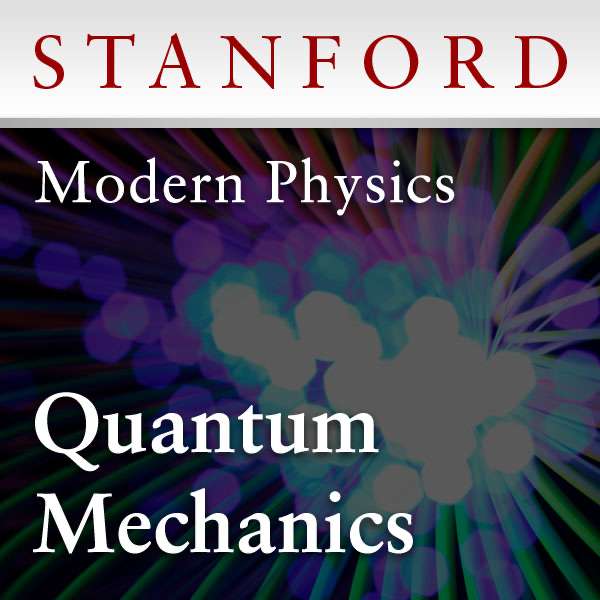In this lecture, David Albert continues his introduction to thermodynamics, explaining how the entropy of a system is defined and determined in thermodynamic terms. This requires distinguishing between reversible and irreversible paths between two states of a system, and envisaging how pistons and heat baths can be used to mimic the irreversible transfer of heat between a warm body and a cool one. Tim Maudlin and David disagree on whether the entropy of a non-equilibrium system can be defined.
Tim begins his discussion of statistical mechanics by considering equilibrium states- where the macroscopic description of the state no longer changes over time. (He also introduces the problem of the adiabatic piston--for some systems, it is controversial to define the equilibrium state.) We then consider how the macroscopic thermodynamic properties of the gas can be understood using a statistical mechanical model, which treat the gas as a system of monotonic moving particles. At equilibrium, such a system will tend towards the Maxwell-Boltzmann state, where the velocities of gas particles are randomly distributed. He argues that in order to explain this, we need to appeal to the dynamics of the system, and how the particles are interacting. Appeal to statistics, without dynamics, are not enough.

 Our TOPPODCAST Picks
Our TOPPODCAST Picks  Stay Connected
Stay Connected







